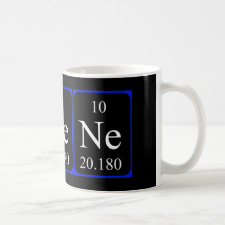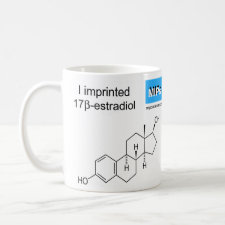
Authors: Rachkov AE, Cheong SH, Elskaya AV, Yano K, Karube I
Article Title: Molecularly imprinted polymers as artificial steroid receptors.
Publication date: 1998
Journal: Polymers for Advanced Technologies
Volume: 9
Issue: (8)
Page numbers: 511-519.
DOI: 10.1002/(SICI)1099-1581(199808)9:8<511::AID-PAT790>3.0.CO;2-H
Abstract: The polymers selective to six different steroids (testosterone, Delta(4) -androstene-3, 17-dione, 1,4-androstadiene-3, 17-dione, beta-estradiol progesterone, testosterone propionate) have been synthesized using molecular imprinting based on noncovalent interactions. Analysis of the influence of structural features of the steroids under study has shown that molecules with a relatively rigid structure and the OH group at C-17 position are the most efficient templates for methacrylic acid-containing imprinted polymers. The chromatographic study of the polymers synthesized has demonstrated a strong dependence of the selectivity and intensity of interaction with analytes on the composition of solvents used both as porogen and chromatographic mobile phase. To obtain polymers with highly selective recognition sites and to create the optimal conditions for molecular recognition, all possible interactions (between template and functional monomer, template and solvent, solvent and functional monomer) should be taken into account. The batch rebinding study of testosterone by the imprinted polymer in acetonitrile has revealed some heterogeneity of recognition sites and permitted determination of K-ass = 1.05 x 10(4) M-1, Delta G degrees= -5.4 kcal/mol and N=1.2 mu mol/g for high-affinity sites and K-ass = 0.33 x 10(4) M-1 ,Delta G degrees = -4.8kcal/mol and N = 2.2 mu mol/g for low-affinity sites. The results obtained show how it is possible to regulate in different modes the molecular recognition by imprinted polymers as well as to fabricate polymers possessing the necessary properties depending on their practical application. (C) 1998 John Wiley & Sons, Ltd
Template and target information: testosterone, Δ (4) -androstene-3, 17-dione, 1,4-androstadiene-3, 17-dione, β-estradiol, progesterone, testosterone propionate



Join the Society for Molecular Imprinting

New items RSS feed
Sign-up for e-mail updates:
Choose between receiving an occasional newsletter or more frequent e-mail alerts.
Click here to go to the sign-up page.
Is your name elemental or peptidic? Enter your name and find out by clicking either of the buttons below!
Other products you may like:
 MIPdatabase
MIPdatabase









